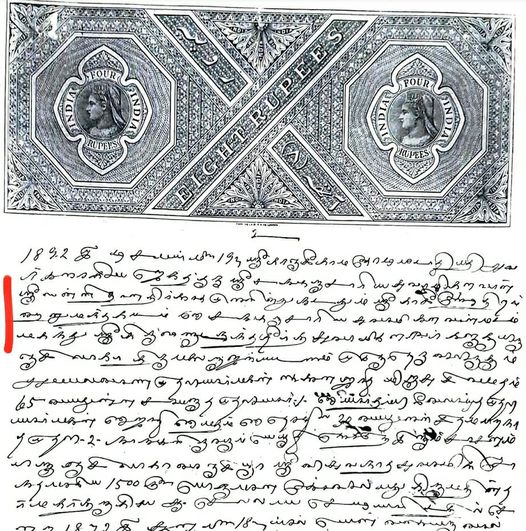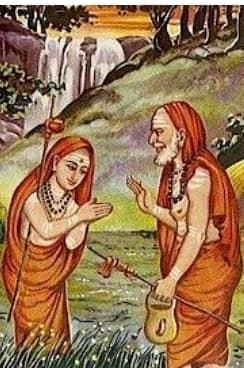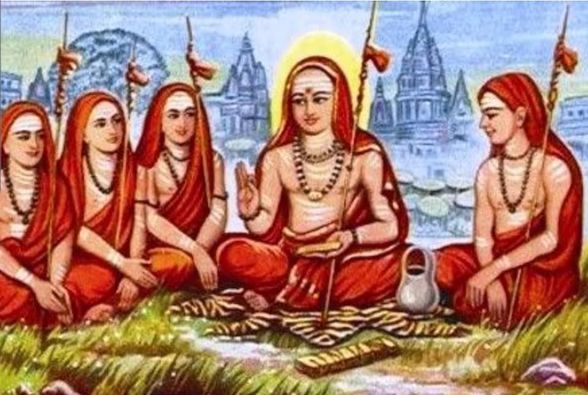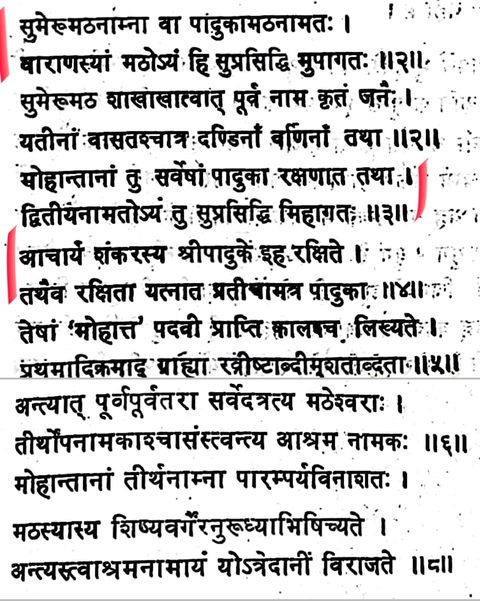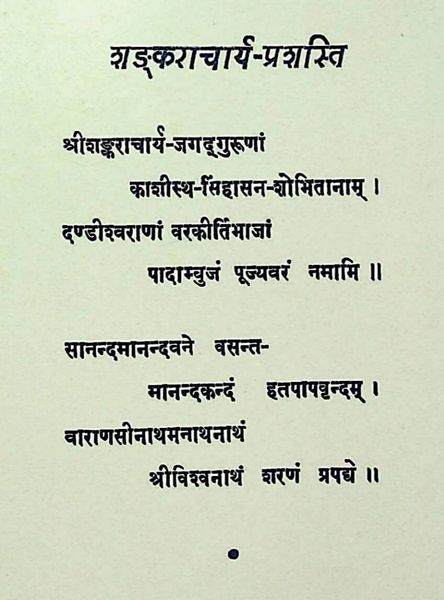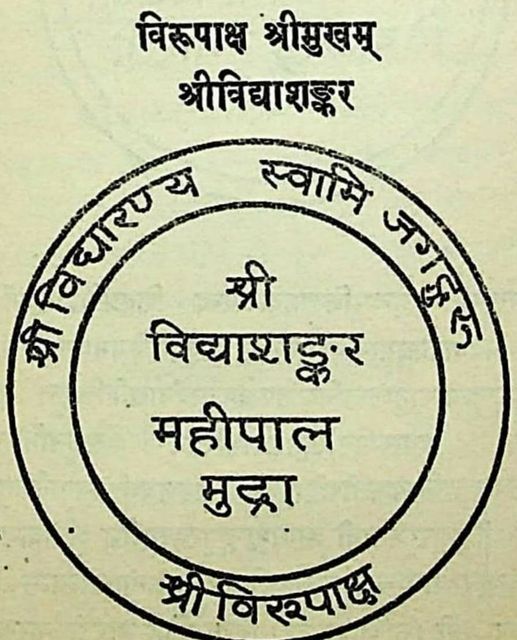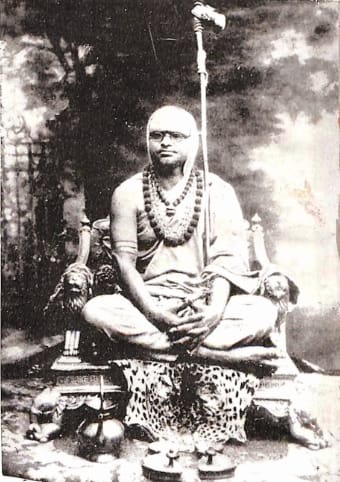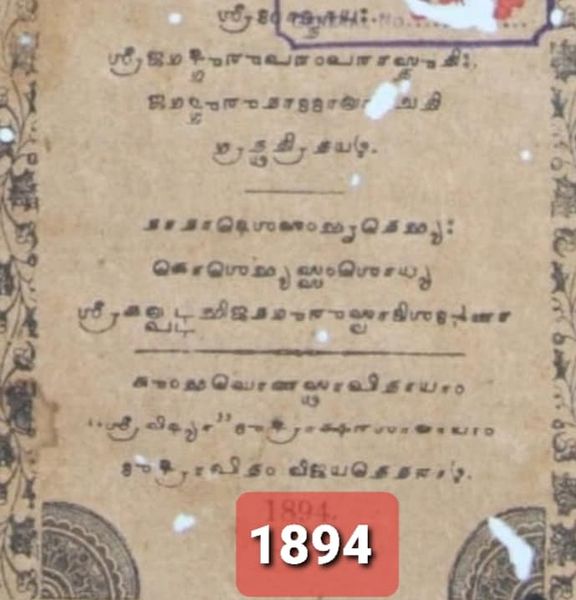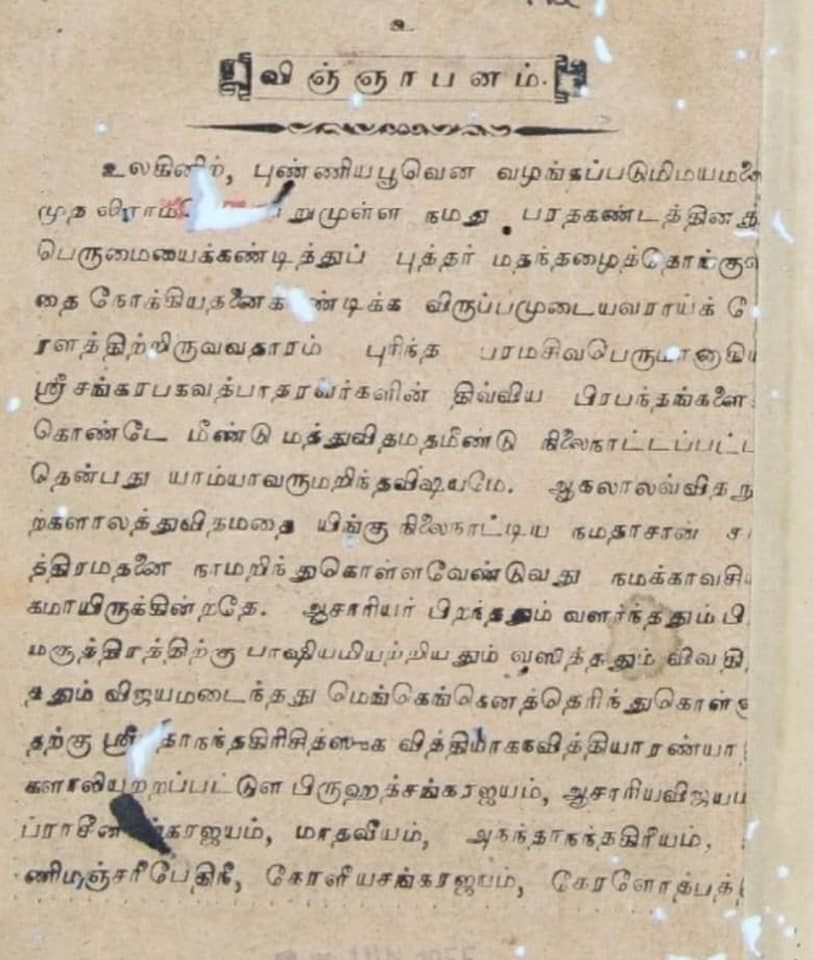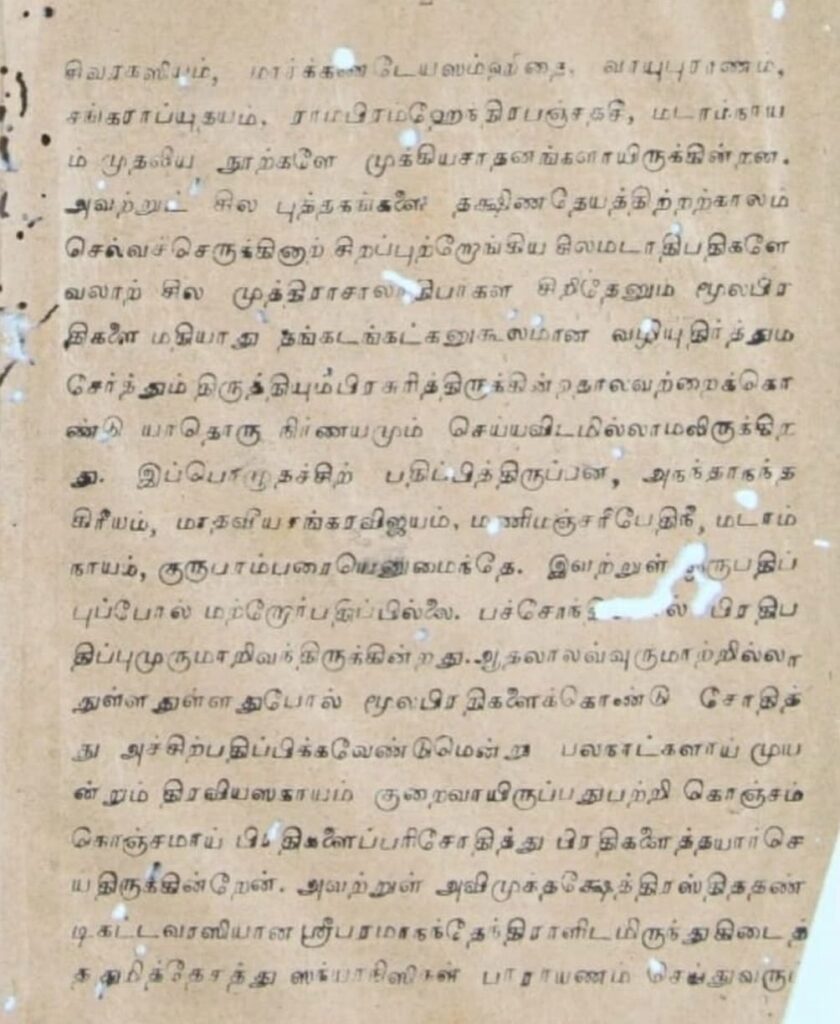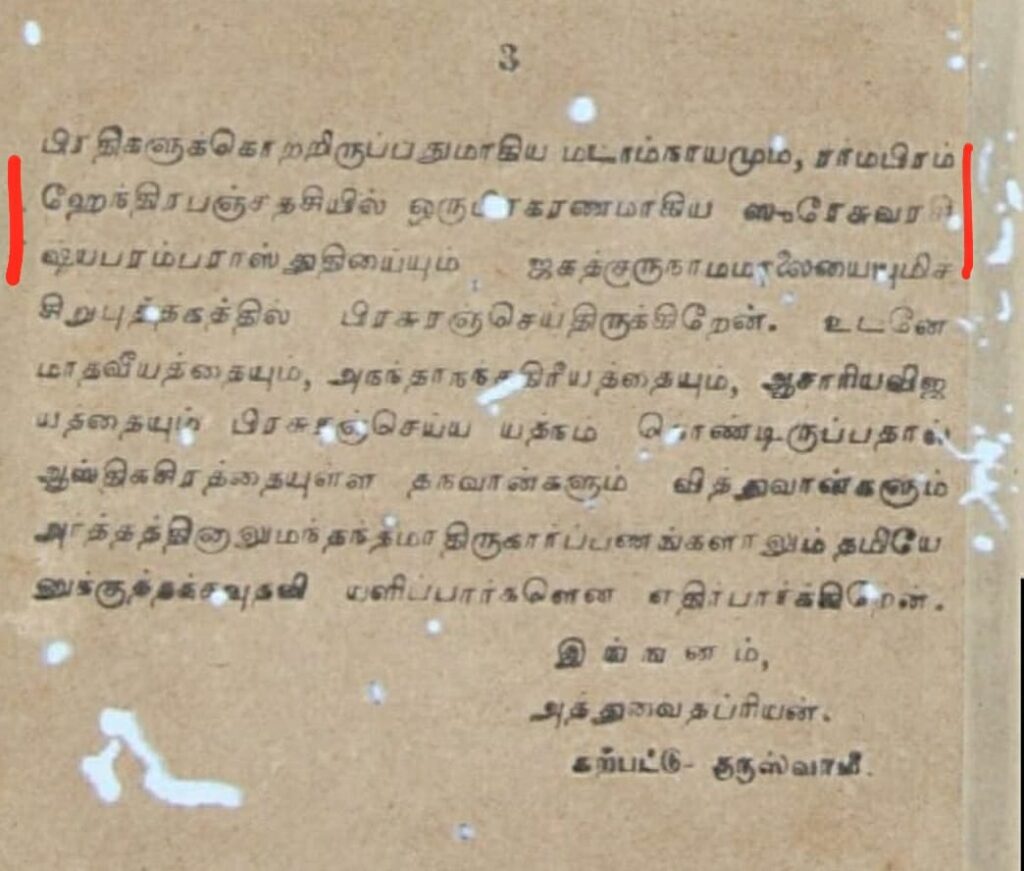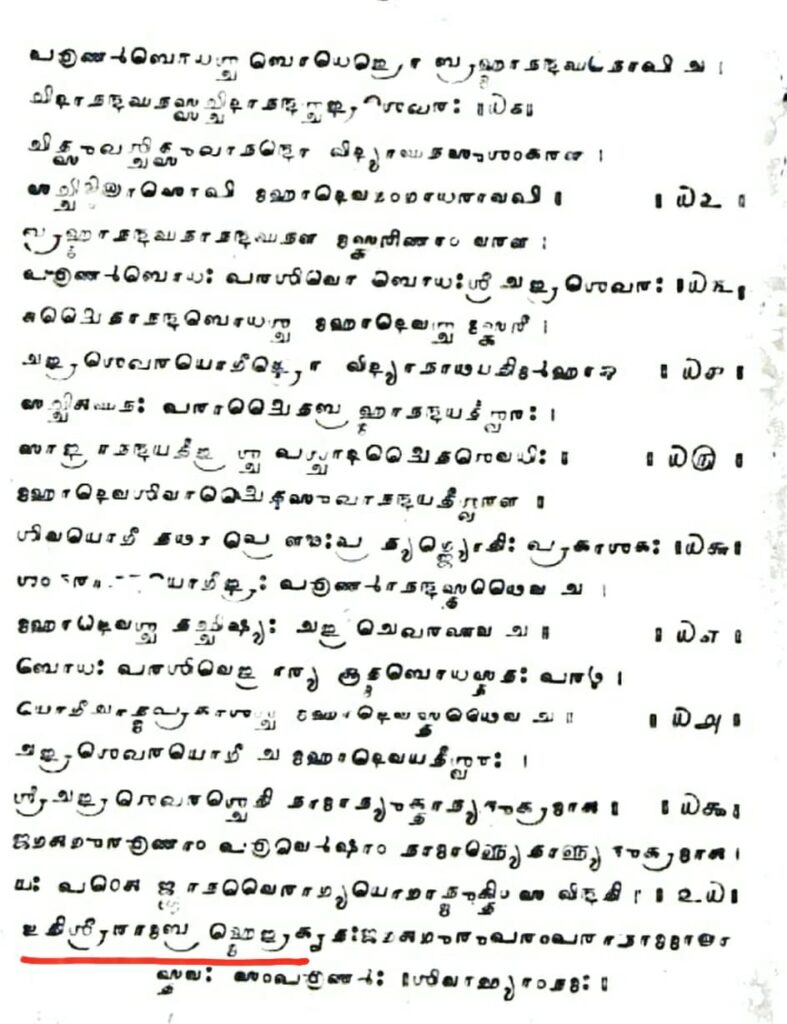(Contd.) Further even today there exists a Matha by name Sumeru Matha (also known as Paduka Matha) in Varanasi.
It has a distinct code (Mathamnaya) of its own. In an appeal for funds, for carrying out repairs of the Matha issued on behalf of this institution several years ago, it is stated that during his stay at the holy City of Kasi Paramahamsa Parivrajakacharya Jagadguru Adi Sankaracharya Maharaj established the Sumeru Math.’
Among the signatories in this appeal the names of the Heads of the Omkar Matha and Dattatreya Matha, the Mahants of the Visvesvar and Annapurani Temples, four distinguished scholars with the title of Mahamahopadhyaya, the Private Secretary of the Maharajah of Benares, many other Scholars, Officers, Zamindars etc., are seen.
In this connection it may be remembered that in Mathamnayas, the Matha for Urdhvamnaya is given as Sumeru Matha’, its Sampradaya as Kashi Sampradaya and kshetra (location) as Kaivalya-Kshetra (meaning thereby the place of liberation-Kashi being the foremost of the seven sacred cities of liberation or Mokshapuris of our land).
Among the other details given in Mathamnaya works occur the phrases: ‘शुकवामदेवादि – जीवन्मुक्तानां सुसंवेदप्रपठनं etc.
Some of ancient title records of the Vanjiyur Sri Viswanatha Swamy Devasthanam estates belonging to the Kanchi Matha, evidence the existence of a Branch matha of Kanchi Kamakoti Peetha in the Hanuman Ghat,
Kashi and also the details of the mahant (sanyasi disciple) who was the in charge of the Varanasi Branch matha (also known as Sukadeva Matha).
With the laudable idea of fittingly commemorating the stay of Sri Sankara Bhagavadpada in the Holy Varanasi, the spiritual capital of Bharat, Sri Sankaracharya of Kanchi Kamakoti Moolamnaya Sarvajna Peetha performed the Kumbhabhishekam of the newly constructed Kamakotisvara and Panchayatana Mandir at Kashi on 28th January 1974.
